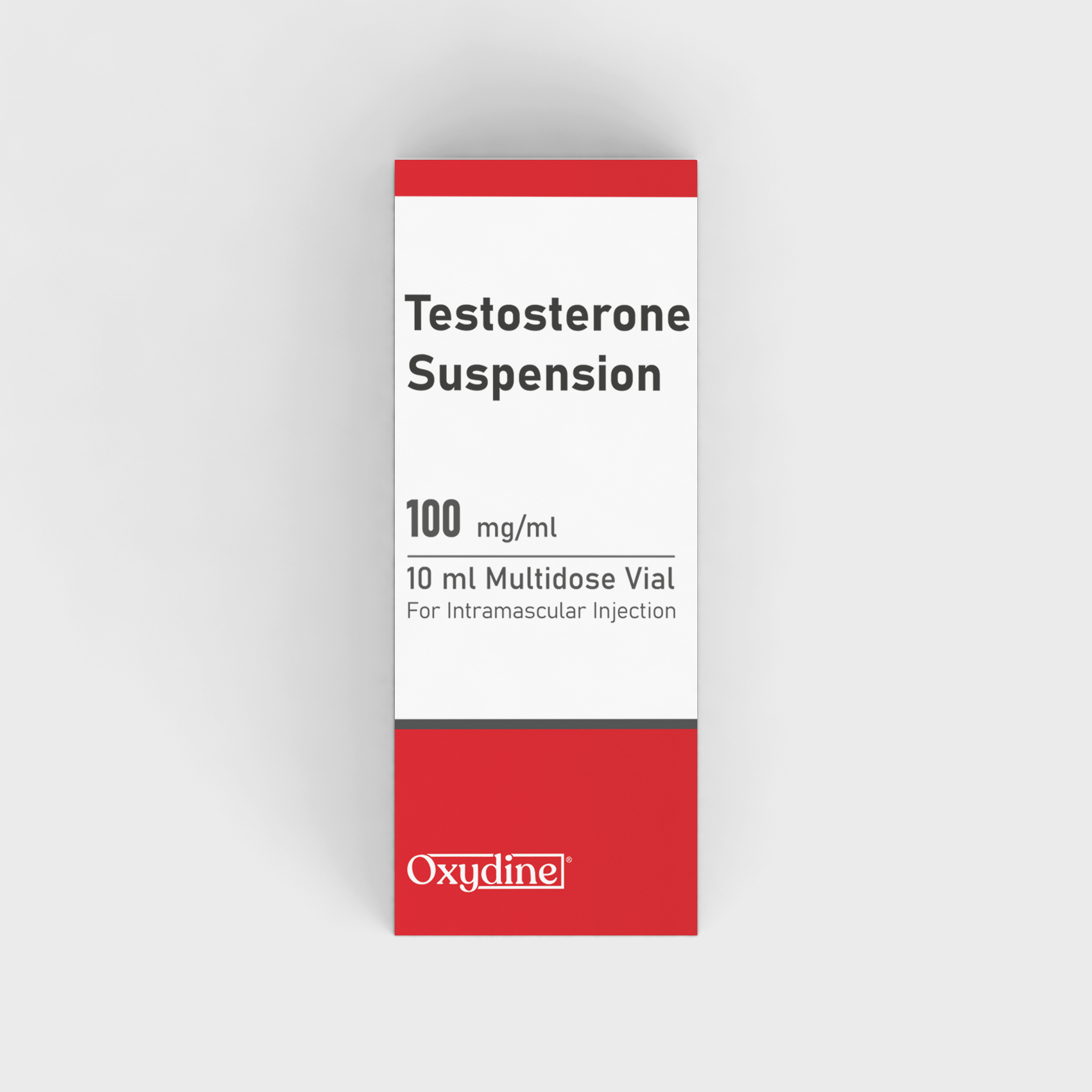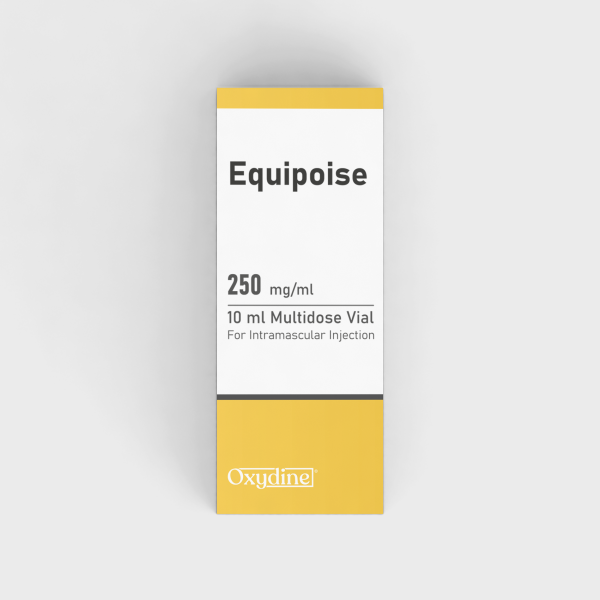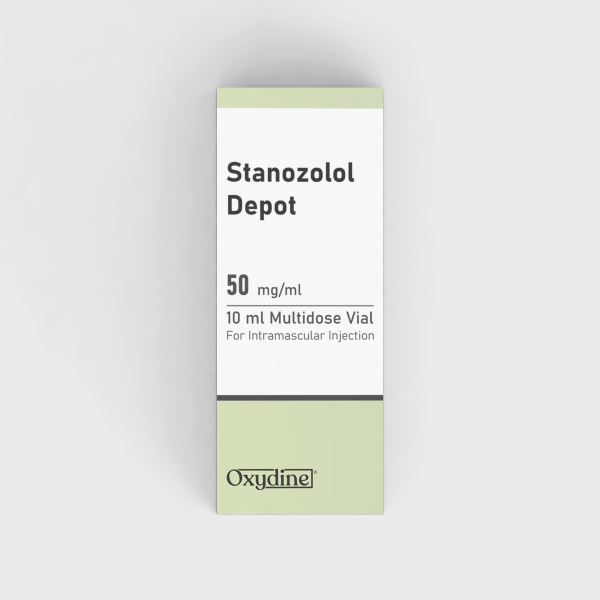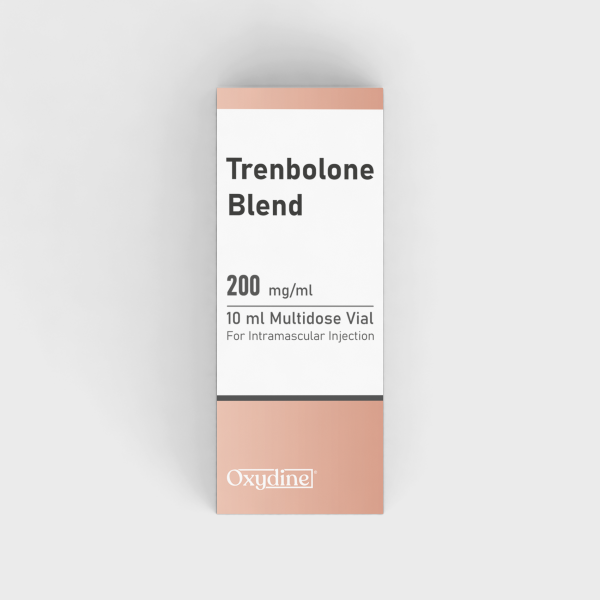ACTIVE INGREDIENT
Each mL contains:
- Testosterone Base 100 mg
DESCRIPTION
Testosterone Suspension 100 mg is an aqueous solution containing free testosterone (non-esterified), which provides immediate release upon intramuscular administration. It is primarily used for testosterone replacement therapy (TRT) in males with conditions associated with low or absent testosterone levels, including primary or secondary hypogonadism. This formulation is unique in that it does not contain testosterone esters, leading to a rapid increase in serum testosterone levels.
PHARMACOLOGICAL PROPERTIES
Mechanism of Action: Testosterone is the principal male sex hormone, critical for the development and maintenance of male sexual characteristics and secondary sexual traits. It promotes protein synthesis, increases muscle mass and strength, and supports bone density. The suspension form provides a rapid increase in serum testosterone levels, making it useful for short-term or immediate testosterone replacement.
Pharmacokinetics:
- Absorption: Testosterone Suspension is absorbed quickly after intramuscular injection due to its non-esterified form.
- Distribution: Testosterone is extensively bound to plasma proteins, especially sex hormone-binding globulin (SHBG).
- Metabolism: Testosterone is metabolized primarily in the liver, forming active metabolites such as dihydrotestosterone (DHT) and estradiol.
- Excretion: The metabolites of testosterone are primarily excreted through urine.
INDICATIONS
Testosterone Suspension 100 mg is indicated for:
- Testosterone replacement therapy in male adults with primary or secondary hypogonadism (congenital or acquired).
- Treatment of delayed puberty in males.
- Short-term testosterone therapy when a rapid increase in testosterone levels is desired.
DOSAGE AND ADMINISTRATION
Dosage: The dosage of Testosterone Suspension 100 mg must be individualized according to the patient’s serum testosterone levels, clinical response, and tolerance. The typical dosage ranges from 50 mg to 100 mg administered intramuscularly every 1 to 3 days, depending on the desired speed of action.
- Hypogonadism in adult males: 50–100 mg intramuscularly every 1–3 days.
- Delayed puberty in males: Dosage should be individualized and typically ranges from 25–50 mg every 2–4 weeks, depending on clinical response.
Testosterone levels should be monitored regularly to ensure they are maintained within the normal range.
Administration: Administer intramuscularly. Deep intramuscular injection into the gluteal muscle is recommended. Rotate injection sites to prevent tissue damage or irritation. Do not inject intravenously.
CONTRAINDICATIONS
-
Known hypersensitivity to testosterone or any of the excipients in the formulation.
- Known or suspected carcinoma of the prostate or breast in males.
- Pregnancy and lactation (Pregnancy Category X).
- Patients with severe hepatic, renal, or cardiac disease.
- Individuals with a history of thromboembolic events or cardiovascular disease.
WARNINGS AND PRECAUTIONS
1. Cardiovascular Risks: Testosterone therapy, including Testosterone Suspension, may increase the risk of cardiovascular events such as myocardial infarction and stroke. Caution is advised in patients with cardiovascular disease.
2. Prostate Health: Testosterone therapy may stimulate prostate tissue growth and exacerbate benign prostatic hyperplasia (BPH) or increase the risk of prostate cancer. Regular monitoring of prostate-specific antigen (PSA) levels is recommended.
3. Polycythemia: Testosterone may stimulate erythropoiesis, increasing the risk of polycythemia. Hematocrit levels should be monitored, especially in patients on long-term therapy.
4. Fluid Retention: Testosterone can cause fluid retention, which may worsen pre-existing conditions such as heart failure or kidney disease. Close monitoring is recommended for such patients.
5. Hepatic Effects: Long-term use of testosterone and anabolic steroids has been associated with liver toxicity, including hepatic neoplasms and peliosis hepatis. Regular liver function tests are recommended during therapy.
6. Abuse Potential: Testosterone Suspension has a potential for misuse, particularly in athletes seeking to enhance muscle mass or performance. Abuse can lead to serious adverse effects, including cardiovascular, hepatic, and psychiatric complications.
ADVERSE REACTIONS
Common adverse reactions:
- Local: Pain, swelling, or irritation at the injection site.
- Dermatological: Acne, oily skin, increased body or facial hair growth, hair loss on the scalp.
- Endocrine: Gynecomastia, decreased spermatogenesis, testicular atrophy, libido changes.
- Cardiovascular: Hypertension, increased risk of thromboembolic events.
- Hematological: Increased hemoglobin and hematocrit, risk of polycythemia.
- Psychiatric: Mood swings, irritability, aggression, anxiety, or depression.
Serious but rare adverse effects:
- Hepatotoxicity, including liver tumors and peliosis hepatis.
- Cardiovascular events, such as myocardial infarction and stroke.
- Prostate hypertrophy or prostate cancer.
INTERACTIONS
1. Anticoagulants: Testosterone may potentiate the effects of oral anticoagulants like warfarin, requiring closer monitoring of INR and coagulation status.
2. Corticosteroids and ACTH: Concomitant use of testosterone and corticosteroids may increase the risk of fluid retention and edema, particularly in patients with heart or kidney disease.
3. Insulin and oral antidiabetics: Testosterone therapy can alter glucose metabolism, potentially necessitating dose adjustments of insulin or antidiabetic agents.
USE IN SPECIFIC POPULATIONS
Pregnancy and Lactation: Testosterone is contraindicated during pregnancy and lactation. Exposure to testosterone during pregnancy can lead to masculinization of the female fetus.
Pediatric Use: Use in pediatric males should be carefully monitored to avoid premature closure of epiphyses and to ensure normal bone growth and development.
Geriatric Use: Elderly males may have an increased risk of developing prostate-related complications. Prostate health should be regularly monitored.
OVERDOSAGE
Symptoms of testosterone overdose may include priapism, polycythemia, and excessive fluid retention. In cases of overdose, discontinue therapy and provide supportive care. No specific antidote exists for testosterone overdose.
STORAGE
Store below 25°C (77°F). Protect from light. Do not refrigerate or freeze. Keep out of reach of children.
PACKAGING
Testosterone Suspension 100 mg is available in 10 mL vials containing 100 mg of testosterone in a sterile aqueous suspension.
MANUFACTURER
Oxydine Metabolics Switzerland
Oxydine.org
Hi@Oxydine.org







Reviews
There are no reviews yet.